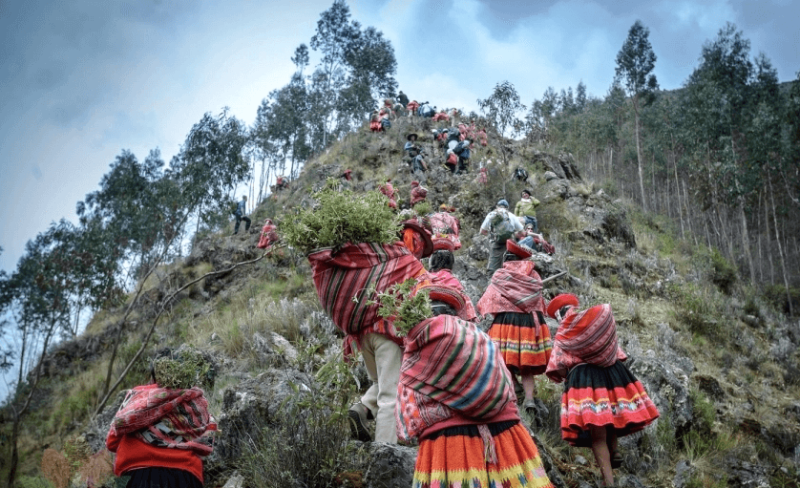Living at high altitudes for long periods can be detrimental to most people’s health — however, over thousands of years, some populations in the Andes and mountains of Tibet have adapted to the low-oxygen environments with genetic changes that allow them to thrive.
The same adaptation can also be seen in a deep-sea-dwelling fish.
In a new study published [February 9] in the journal Science Advances, researchers identified a genetic mutation in the gene EPAS1 in a group of Indigenous Quechua people in the Peruvian Andes. The mutation lowers the amount of hemoglobin — the body’s key oxygen-carrying molecule — in the blood.
Mutations in this same gene have been previously tied to lower hemoglobin levels in certain Tibetan highlander populations. The new study highlights the importance of EPAS1 in regulating how human cells react to low oxygen levels, and it also presents a novel example of convergent evolution in humans, in which different populations independently evolve similar traits.
“Thinking about how people do well in response to low oxygen, and also how people maybe don’t do as well, I think is really important in a clinical context,” [Tatum Simonson, an associate professor of medicine at the University of California, San Diego] said, “because we know there are people who suffer from lung disease or cardiopulmonary or cardiorespiratory diseases that respond differently to that pathological stress.”































